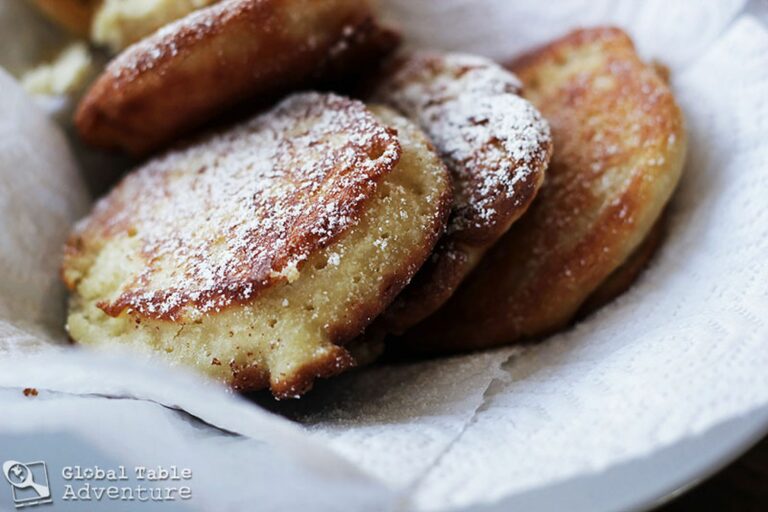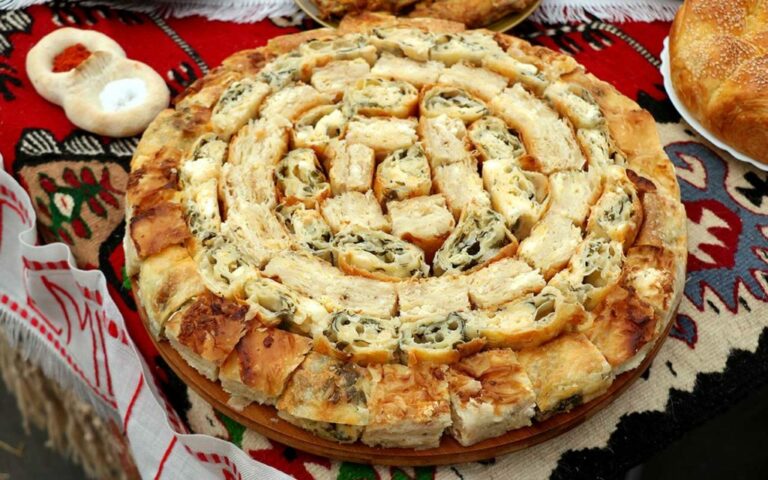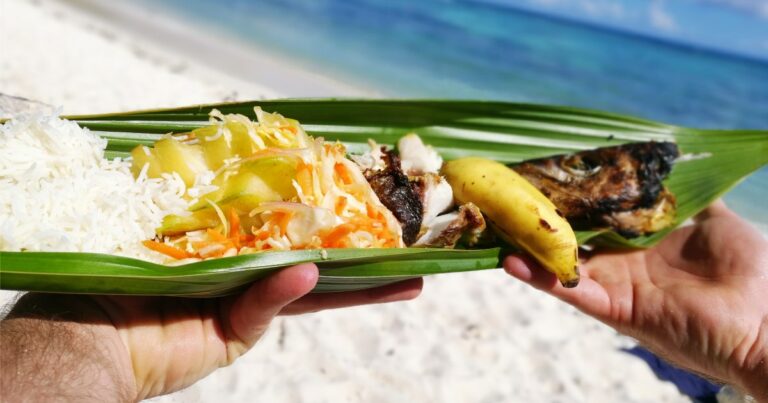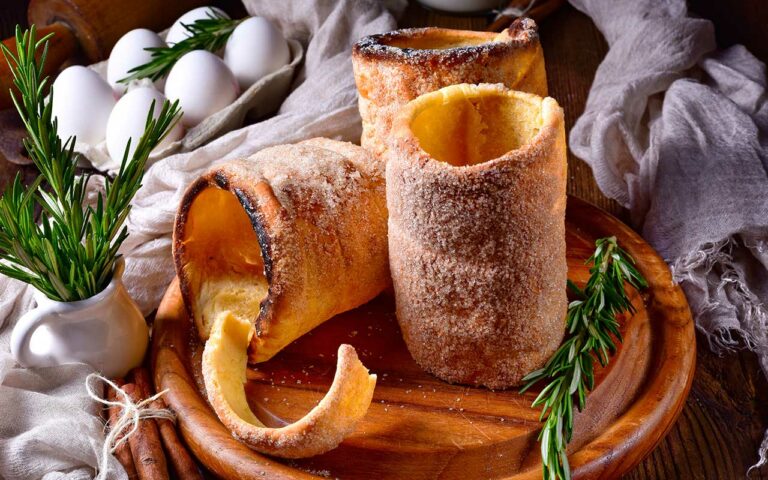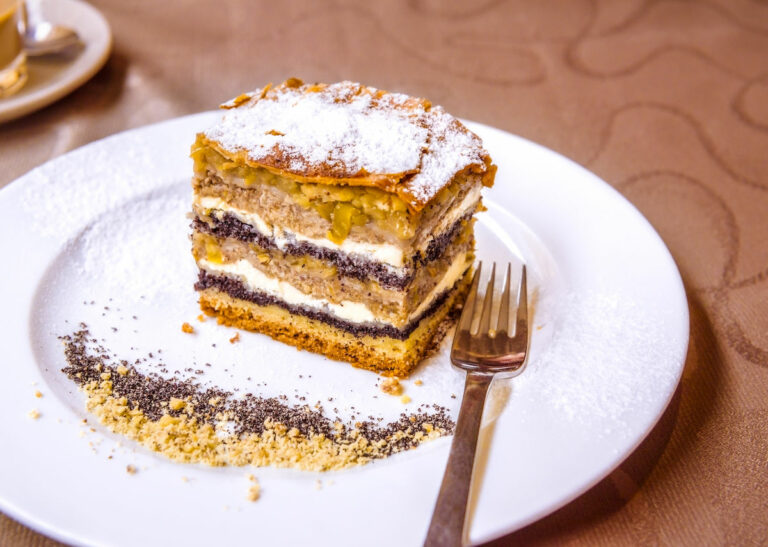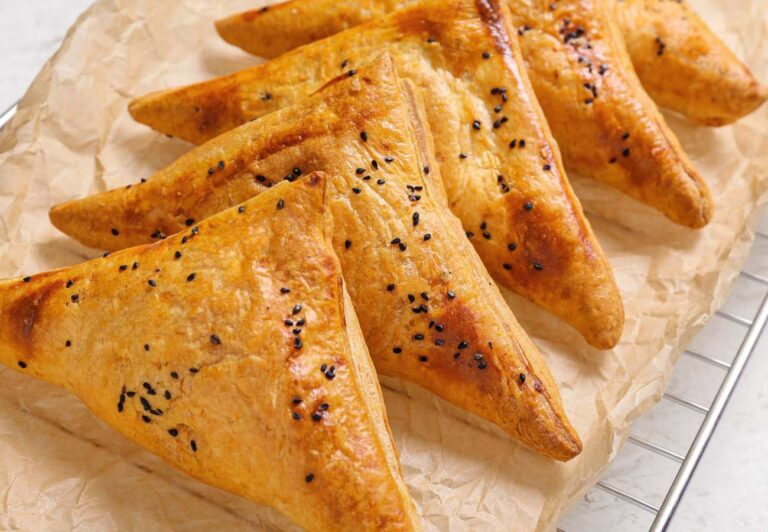Introduction: Malian Cuisine
Malian cuisine is a blend of flavors and dishes from the diverse ethnic groups present in the country. The cuisine is predominantly based on grains, vegetables, and meat, reflecting the country’s reliance on agriculture and livestock. Malian cuisine has a unique taste that sets it apart from the neighboring countries.
Malian Desserts: An Overview
Malian cuisine is not known for its desserts and sweet dishes. However, there are few traditional Malian desserts that are enjoyed by people in the country. Malian desserts often use locally available ingredients, including peanuts, sweet potatoes, and millet. In this article, we will explore some of the popular Malian desserts that are worth trying.
Bambara Groundnut Sweet
Bambara groundnut is a small, nutty legume that is native to West Africa. It is a staple food in Mali and is used in many traditional dishes. Bambara groundnut sweet is a popular dessert made by boiling the groundnuts in water until they are soft and then sweetening them with sugar. The mixture is then poured into a container and left to cool, creating a creamy, sweet treat with a nutty flavor.
Peanuts and Sugar Candy
Peanuts are another staple ingredient in Mali, and they are often used to make desserts. One popular sweet dish is peanuts and sugar candy, where roasted peanuts are mixed with melted sugar to create a brittle-like candy. The mixture is then left to cool and is broken into small pieces that can be enjoyed as a snack or dessert.
Sweet Potato Pudding
Sweet potato pudding is a creamy, comforting dessert that is popular in Mali. The sweet potatoes are boiled until soft and then mashed with sugar, milk, and eggs. The mixture is then baked in the oven until it sets, creating a custard-like texture. It is a simple but delicious dessert that is perfect for a cold evening.
Millet Porridge with Peanut Butter
Millet is a grain that is widely used in Mali, and it is often used to make porridge. Millet porridge with peanut butter is a popular breakfast dish in Mali, but it can also be enjoyed as a dessert. The porridge is made by boiling millet in water until it is soft, and then adding milk and sugar to sweeten it. Peanut butter is then added to the porridge, creating a creamy, nutty flavor that is both satisfying and delicious.
In conclusion, while Malian cuisine is not known for its desserts, there are a few traditional dishes that are worth trying. As we have seen, Bambara groundnut sweet, peanuts and sugar candy, sweet potato pudding, and millet porridge with peanut butter are some of the popular Malian desserts that reflect the country’s culture and way of life.

